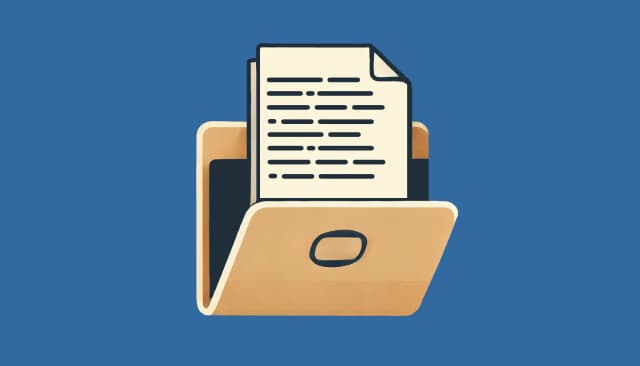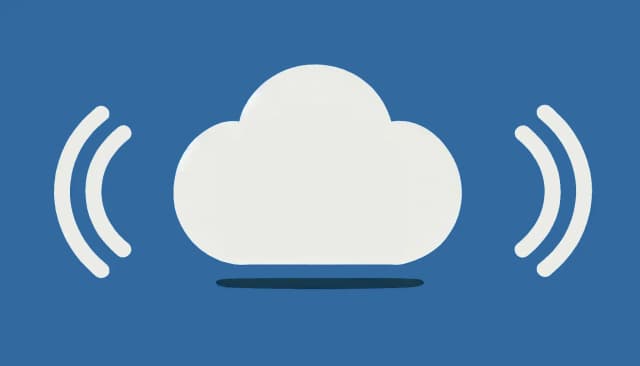Documentation
Get Transcription Data
Get data from pending or completed transcriptions
Transcribe from a Microphone or LiveStream
Transcribe live speech from a microphone or live stream
Transcription Sessions
Monitor and manage transcription state with sessions
Translate a Transcription
Translate transcribed text to another language
Client Side Authentication Tokens
Create a temporary authentication token for client side requests
Transcription Request and Response
Common request options and responses for all transcription operations
Transcribe and Present a Polyglot Session
Create a session that can be used to broadcast a live transcription via a public shareable link
Transcribe Audio from URL
Browse DocumentationTranscribe speech from pre-recorded audio in a URL to plain text. Major file formats are supported, including MP3, WAV, FLAC, and OGG.
Transcribe an audio file in a URL (such as an mp3) to text with just a few lines of code:
JavaScriptimport { UrlTranscription } from '@vocalstack/js-sdk'; const sdk = new UrlTranscription({ apiKey: 'YOUR-API-KEY' }); const transcription = await sdk.connect({ url: 'http://example.com/files/meaningless.mp3', }); transcription.start(); // This will print the transcription data as it comes in transcription.onData(console.log); /* { status: 'processing', data: { id: 'd1e7b3b0-7b3b-4b3b-8b3b-0b3b7b3b3b3b', operation: 'transcription-prerecorded', progress: 0.1, timeline: [ { start: 0, end: 7.52, text: 'Meaningless, meaningless, says the teacher, utterly meaningless, everything is meaningless.', language: 'en', translations: { ... }, }, ... ] } } */
There are several request options available to customize transcription settings. Additionally, the response object provides different data at various stages of the transcription process.
Transcription Request and Response
Common request options and responses for all transcription operations. Use options to configure the transcription settings.
Now lets look at how we can use custom options to configure our transcription process:
JavaScript// Run "npm install @voca l-stack/js-sdk" to install the package import { UrlTranscription } from '@vocalstack/js-sdk'; // Get your key here ⇢ https://www.vocalstack.com/dashboard/api-keys const sdk = new UrlTranscription({ apiKey: 'YOUR-API-KEY' }); const transcription = await sdk.connect({ // URL to the audio file url: 'http://example.com/files/audio.mp3', // Optional: language of the speech spoken // (this can be used to improve the transcription accuracy) language: 'en', // Optional: the maximum duration to transcribe, in seconds // (if not provided, the entire audio file will be transcribed) max_duration_s: 1800, // Optional: the actual duration of the audio file, in seconds // (the transcription starts only if the audio file matches this duration) duration_s: 3600, }); // Start the transcription transcription.start(); // Listen for transcription data transcription.onData((response) => { const { status, data } = response; console.log(status); // 'waiting', 'processing', 'done', or 'error' if (data) { console.log(data.progress); // a value between 0 and 1 console.log(data.timeline); // an object with the transcription timeline } if (status === 'done') { console.log(data.summary); // a summary of the transcription console.log(data.keywords); // an array of keywords console.log(data.paragraphs); // the entire transcription in paragraph form } });
Once you have transcribed the speech in your audio file, you may want to move on to one of the following:
Get Transcription Data
Get data from pending or completed transcriptions. This includes the transcription timeline, key words, summary, and paragraph segments.
Translate a Transcription
Translate transcribed text to another language. This can be done for any transcription, including prerecorded transcriptions, live transcriptions or Polyglot session transcriptions.
Transcription Sessions
Monitor and manage transcription state with sessions. Using sessions you can reconnect to a previously created asynchronous connection.
Scroll Up





